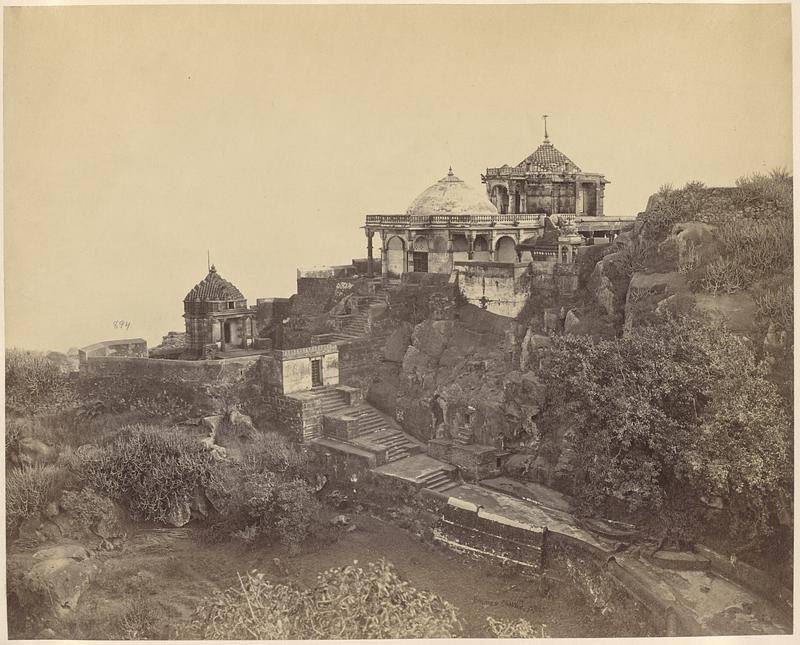
Comprehensive Guide to Visiting Mount Abu Wildlife Sanctuary
Date: 18/07/2024
Introduction
Table of Contents
- Introduction
- History and Significance of Mount Abu Wildlife Sanctuary
- Visitor Information
- A Haven for Biodiversity
- Conservation Success Story
- FAQ Section
- Conclusion
History and Significance of Mount Abu Wildlife Sanctuary
Establishment and Early Years
The Mount Abu Wildlife Sanctuary, nestled amidst the ancient Aravalli Range, boasts a rich history intertwined with the region’s ecological and cultural heritage. Established in 1950, the sanctuary initially spanned a modest 288 square kilometers. Its creation marked a significant step towards protecting the diverse flora and fauna inhabiting this unique ecosystem.
The sanctuary’s early years focused on curbing hunting practices prevalent during the reign of princely states. With the establishment of protective measures, the sanctuary provided a safe haven for various species, allowing their populations to gradually recover and thrive.
Expansion and Conservation Efforts
Over the decades, the sanctuary’s boundaries have expanded to encompass a larger area, currently spanning 324.89 square kilometers. This expansion reflects the ongoing commitment to conservation and recognizes the sanctuary’s crucial role in safeguarding the region’s biodiversity.
The sanctuary’s management has implemented various conservation programs, including habitat restoration, anti-poaching patrols, and community engagement initiatives. These efforts have yielded positive results, with several species, including the endangered Indian leopard and sloth bear, witnessing population increases.
Recognition and Importance
The Mount Abu Wildlife Sanctuary’s significance extends beyond its immediate boundaries. It stands as a testament to the region’s ecological wealth and the importance of preserving natural habitats for future generations.
The sanctuary’s diverse ecosystem, ranging from lush forests to serene lakes, plays a vital role in maintaining the ecological balance of the Aravalli Range. It serves as a crucial water catchment area, feeding numerous streams and rivers that sustain life in the surrounding plains.
Cultural and Historical Connections
Beyond its ecological importance, the sanctuary holds deep cultural and historical significance. The Aravalli Range, where the sanctuary is located, finds mention in ancient Hindu scriptures, adding a layer of mythology and spirituality to the landscape.
The sanctuary is also home to several ancient temples and historical sites, reflecting the region’s rich cultural heritage. These sites attract pilgrims and history enthusiasts alike, adding to the sanctuary’s allure as a multifaceted destination.
Visitor Information
Visiting Hours and Tickets
The sanctuary is open from 9 AM to 5 PM daily. Ticket prices are ₹100 for adults and ₹50 for children. Guided tours are available for an additional fee.
Travel Tips and Accessibility
The sanctuary is accessible via road, with ample parking available. It is advisable to wear comfortable walking shoes and bring water and snacks.
Nearby Attractions
While visiting, don’t miss the nearby Dilwara Temples and Nakki Lake. Both are within a short drive from the sanctuary.
A Haven for Biodiversity
The Mount Abu Wildlife Sanctuary stands as a testament to the remarkable biodiversity found in the Aravalli Range. This sanctuary, with its diverse habitats ranging from evergreen forests to rocky plateaus, provides refuge to a fascinating array of flora and fauna.
Floral Diversity
The sanctuary’s varied topography supports a rich tapestry of plant life. Over 800 plant species have been identified within its boundaries, showcasing the ecological richness of this unique habitat.
-
Evergreen Forests: The higher elevations of the sanctuary are cloaked in evergreen forests, dominated by majestic trees like the Sal (Shorea robusta) and Khair (Acacia catechu). These forests provide a cool, shaded canopy, creating a haven for a variety of plant and animal life.
-
Deciduous Forests: As the elevation decreases, the landscape transitions into deciduous forests, characterized by trees that shed their leaves during the dry season. Teak (Tectona grandis), Bamboo (Bambusoideae), and Dhok (Anogeissus pendula) are common sights in these forests, adding to the sanctuary’s botanical diversity.
-
Medicinal Plants: The sanctuary is also home to a significant number of medicinal plants, highlighting the interconnectedness of nature and traditional healing practices. These plants, used for centuries by local communities, underscore the importance of preserving such ecosystems for their potential medicinal benefits.
Faunal Abundance
The sanctuary’s diverse flora provides sustenance and shelter to a wide array of animal species, making it a haven for wildlife enthusiasts and researchers alike.
-
Mammals: The sanctuary boasts a healthy population of mammals, including the elusive Indian leopard, the sloth bear known for its shaggy coat, and the nimble jungle cat. Sambar deer, barking deer, and wild boar are also frequently sighted, adding to the sanctuary’s charm.
-
Avifauna: Birdwatchers will find themselves captivated by the sanctuary’s rich avifauna. Over 250 bird species have been recorded here, including the majestic grey junglefowl, the vibrant crested serpent eagle, and the melodic grey-headed canary flycatcher.
-
Reptiles and Others: The sanctuary is also home to a variety of reptiles, including the Indian python and the common cobra. Numerous butterfly species flutter through the foliage, adding splashes of color to the landscape.
Conservation Success Story
The Mount Abu Wildlife Sanctuary stands as a testament to the success of conservation efforts in India. The sanctuary’s protected status has allowed various species to thrive, showcasing the positive impact of dedicated conservation programs.
The sanctuary’s management continues to implement initiatives aimed at mitigating human-wildlife conflict, promoting sustainable tourism, and raising awareness about the importance of biodiversity conservation. These efforts ensure that the sanctuary remains a haven for wildlife and a source of wonder for generations to come.
FAQ Section
-
What are the best times to visit Mount Abu Wildlife Sanctuary?
The best times to visit are during the cooler months from October to March, when the weather is pleasant and wildlife sightings are more frequent.
-
Are there guided tours available at the sanctuary?
Yes, guided tours are available for an additional fee. They offer a deeper insight into the sanctuary’s flora, fauna, and historical significance.
